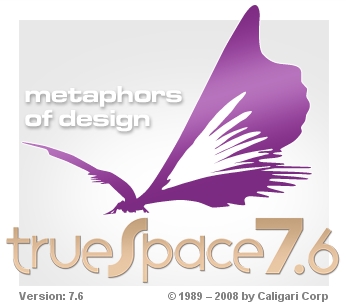Well ...
... when I hear arguments of "original intent", it's mostly from self-appointed champions and not the authors themselves. Except Ray Harryhausen ... and he actually wanted his old black & white movies colorized (for example).
On the other hand, Smilebox, whether produced after intense study or on a whim, is a poor simulation of the curved screen Cinerama (for the reasons previously stated). Not that I'm a specialist ... I simply can believe my eyes.
This demonstration should've been done in a 3D rendering program but I didn't have one set up. Using a paint program took a little longer than expected but it was only some high school math and allot of pixel counting.
In 3D space, the flat picture to be Cinerama-ized is wrapped to the screen's curve. This means that the viewer watching from a distance sees the center of the picture in it's proper proportion but the edges as ever more thinner, as in this top-view diagram:

So, with 2001: A Space Odyssey, for example, we start with the image's full frame, which includes top and bottom space due to it's cinemascope size within the widescreen TV frame:

The picture is then cut into equal slices. This follows the diagram's rough (for this demonstration) 10° spacing, except for the leftover 6° that I placed in the center of the picture for symmetry sake (making it easier for me). The gaps are for ease of viewing what's going on with the slices:

The slices are horizontally re-sized for their proper widths when seen in perspective. Notice from the diagram that full sized 3D slices show much thinner in narrow angles. That makes for an overall narrower picture:

Now, to remove those slice gaps ... ah, that's better:

That is the real view ... horizontally. Next, as this is a real world representation, there is perspective in the vertical direction as well. As the screen curves towards the viewer, both top and bottom show that perspective:

Each slice is then vertically re-sized to it's screen length:

This looks crude, of course. In an automated production, the finish result would be perfectly smooth as each slice would've been processed on the pixel level. As for me, it's shortcuts when I'm doing it by hand. Fortunately the paint program has a flat-perspective-angling tool, which I applied to each slice in the direction of the curve (with the bottom mirroring the top):

There, that did it quite well for this rough rendering. And here is how it would look on your widescreen TV:

Finally, the comparison of the flat cinemascope format to the same picture curved in 3D space for Cinerama. :




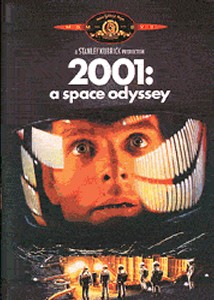

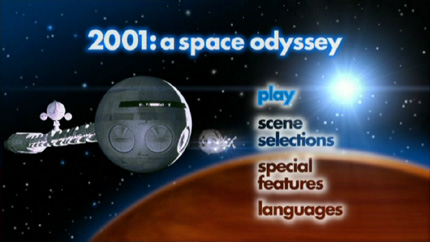
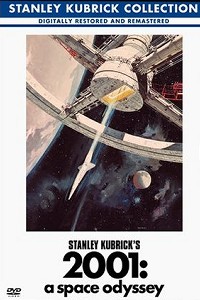
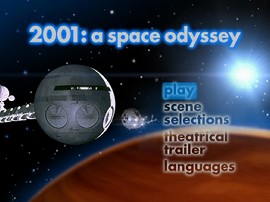











 ... once characterized by someone as the book that ripped off everyone and everything. Now that's what I call good reading and a bargain at only $1.50 (book-cover price)! Just don't tell'em you bought it for the pictures (96 pages worth). ;) Too bad the pictures are all B&W. :(
... once characterized by someone as the book that ripped off everyone and everything. Now that's what I call good reading and a bargain at only $1.50 (book-cover price)! Just don't tell'em you bought it for the pictures (96 pages worth). ;) Too bad the pictures are all B&W. :(
